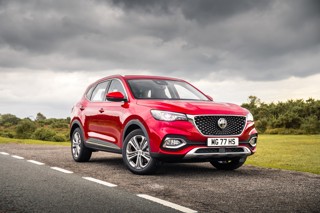What Car? is predicting a China-style V-shaped COVID-19 recovery for the new car retail sector and is urging consumers to act fast if they want to take advantage of discounts.
New car discounts are expected to be reduced as demand begins to outstrip supply following COVID-19 coronavirus-prompted plant closures by all major manufacturers.
As indicated by a Jato Dynamics report published today, the Chinese market has seen a sharp improvement, from a fall of 80% year-on-year in February to a decline of just over 40% in March.
Preliminary figures for April look just as encouraging, according to Rachael Prasher, managing director of Haymarket Automotive.
Average daily sales in China have doubled from around 20,000 cars in the first week of the month to 40,000 in the third, she says.
Following the Government’s announcement that dealers are allowed sell and deliver vehicles remotely in the UK, there has been a spike in online leads to dealers.
A What Car? Poll suggests one in five people are looking to buy “as soon as coronavirus is over”, while those trying to complete on a deal in the next four weeks has consistently grown again – now up 50% since the start of April.
While manufacturers are starting to reopen factories in the wake of the lockdown, the supply of new vehicles will depend on existing stocks and limited production, according to What Car?.
Its Target Price analysis of discounts for the first three months of 2020 up to the start of the lockdown, found Citroen offering the best deals with an average of 16% off on a new car. Seat (average of 16%), Nissan (14%), Skoda (12%) and Mercedes (11%) completed the Top 5 discounted brands.
Pat Hoy, who heads What Car?'s team of mystery shoppers that establish and analyse Target Price, said: “While the market is frozen, dealers that remained open have been nurturing leads, making it harder to get a clear indication of what their plans are for when business opens up again.
"But the clear expectation is that, as soon as demand outstrips supply, they will look to reduce incentives and discounts and focus on profitability.
“Of course, there will be variables within that. Some manufacturers will sacrifice profit for market share but the likelihood is that most buyers will face the double whammy of discounts narrowing and waiting lists extending as soon as the market opens up.”

















Login to comment
Comments
No comments have been made yet.